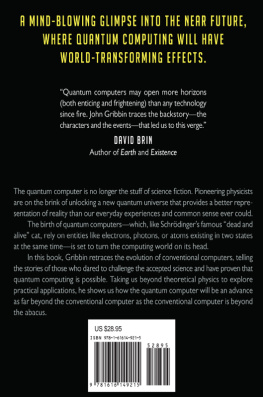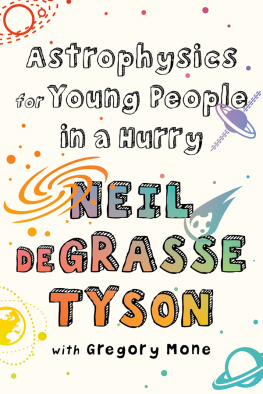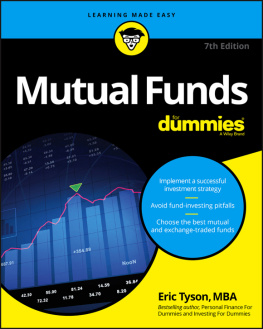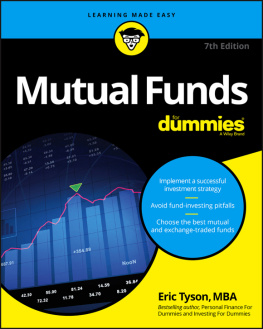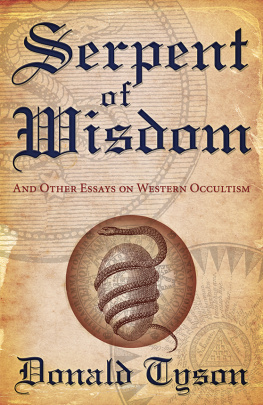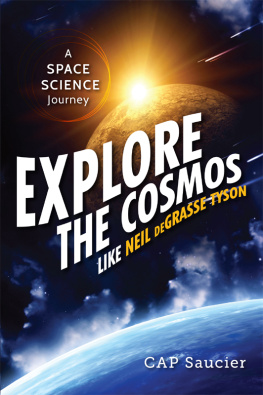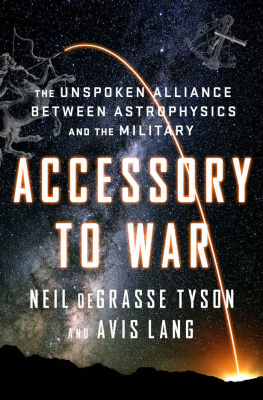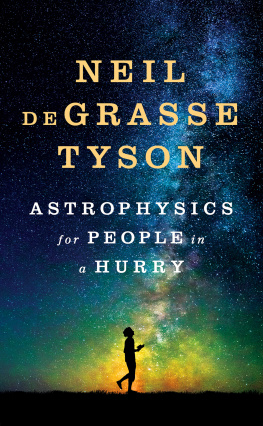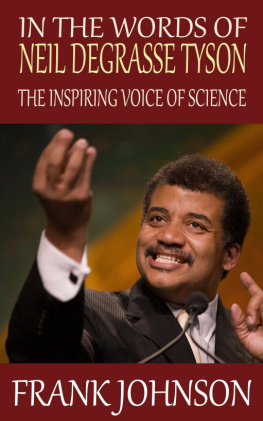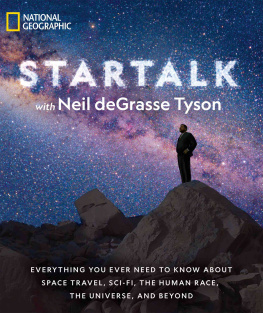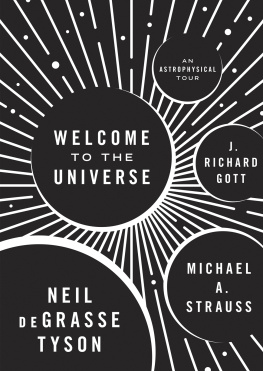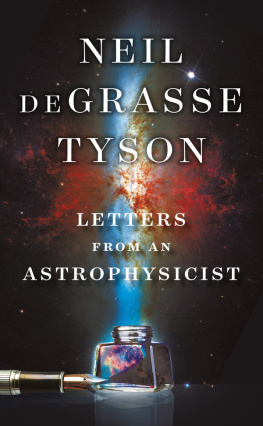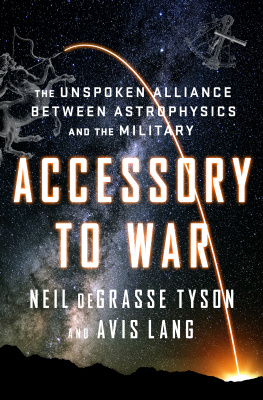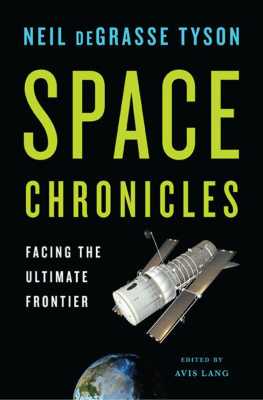
Of the hundreds of people who have been there for me over the years, I single out my wife, Alice; my father, Cyril; my mother, Sunchita; my brother, Stephen Sr.; and my sister, Lynn. Through their continual love and support, they have collectively supplied an emotional and intellectual buoyancy to my life's journeys. By way of their advice, wisdom, and guidance, I have cleared life's hurdles and survived life's challenges. For this, I owe them more than I have the capacity to express.
Betsy Lerner, my editor, has supported my writings and has observed my career since my later years in graduate school. She alone encouraged me to write this memoir and I am thankful for her persistence, in spite of my stubborn apprehensions about undertaking such a project.
Portions of chapters are adapted from essays that touched upon my life and were originally written for Natural History magazine under my column titled Universe.

The Early Years
It was a dark and starry night. The sixty-five-degree air was calm. Visibility was unlimited. Too numerous to count, the stars of the autumn sky, and the constellations they trace, rose slowly in the East while the waxing crescent moon descended into the western horizon. High in the northern sky were the Big Dipper and Little Dipper, just where they were supposed to be, just as they were supposed to appear. The planets Jupiter and Saturn were also high in the sky. One of the stars, I don't remember which, seemed to fall from the sky in a flash of light toward the horizon. No, I was mistaken. A meteor had just vaporized, leaving a glowing trail through the atmosphere. I was told there would be no clouds that night, but I saw onelong and skinnymeandering across the sky from horizon to horizon. Once again, I was mistaken. What I traced was not a cloud but the Milky Waywith its varying bright and dark patches giving the appearance of structure and the illusion of depth. I had never seen the Milky Way with such clarity and majesty as that night, that dark and starry night. Forty-five minutes of my suspended disbelief swiftly passed when the house lights gently undimmed back to full strength under the dome of the Hayden Planetarium sky theater in the middle of Manhattan.
That was the night. I had been called. The study of the universe would be my career, and no force on Earth would stop me. I was just nine years old, but I now had an answer for that perennially annoying question adults ask children, What do you want to be when you grow up? Although I could barely pronounce the word, I would thenceforth reply, I want to be an astrophysicist.
For years to follow, one question lingered within me: Was that indelible planetarium sky an accurate portrayal of the real celestial sphere? Or was it a fantasy? Or worse, a hoax? Surely there were too many stars. I had proof because I had seen the night sky from the Bronxfrom the tarred rooftop of my apartment. Built upon one of the highest hills of the borough, my building was the first of a set of three, prophetically named the Skyview apartments, positioned one after another, north-south along the Hudson River.
In the northernmost of these buildings lived Phillip Branford, a close friend and classmate from fourth grade. He lived in a single-parent home with an older brother and sister, both of whom had active social agendas. The father, who retained custody of the three kids after the divorce, worked long hours. During my occasional visits Mr. Branford was only rarely at home. Phillip, instead, spent tons of time over at my place, especially on the weekends, never failing to complain how strict my parents were, with limits set on my playtime that had no counterpart in his household. I'm guessing his father assumed that the stability of my two-parent home and upbringing would add some structure and discipline to Phillip's life. While this may have been true, I am certain that his influence on me was far greater. With or without structure to his home life, Phillip was smarter than me in practically every way one would gauge such a thing. He taught me to play chess, poker, pinochle, Risk, and Monopoly. He introduced me to brain-teaser books, which, if you are unfamiliar with the genre, are books that resemble collections of those dreaded word problems from your high school math class. Well-written brain teasers, however, contain clever O.Henrylike plot twists in their answers that trick you with their simplicity. My favorite was this: Start with four ants, one on each corner of a square board that measures twelve inches on each side. Each ant decides to walk at the same speed directly toward the ant to its right. By the time all four ants meet in the middle of the table, how far has each one traveled? (Answer: twelve inches.)
Or, start with a brand-new, unshuffled deck of cards. Or simply sort them by suit and sequence them by number (typical of their arrangement when first purchased). Cut the deck, just as one might do before a card game, but do it one hundred consecutive times. What are the chances that all fifty-two cards will still be sorted by suit and ordered by number? (Answer: 100 percent.)
I loved teasers that involved math: Counting one number per second, how long would it take to reach a trillion? (Answer: 31,710 years.) And more entertaining problems like this: How many people must you collect into a room before you have a better-than-even chance that two of them would have the same birthday? (Answer: twenty-four.)
The more we played, the more stretched and sharpened my eleven-year-old brain became.
Phillip's most important contribution to my life's path, however, was introducing me to binoculars. I had used them beforeprimarily to view sporting events and to look in other people's windows. City dwellers don't normally have more than these two uses for binoculars. In this particular case, Phillip instead encouraged me to look up; to look beyond the streetlights, beyond the buildings, beyond the clouds, and out toward the Moon and stars of the night sky.
Nothing I can write will capture the acute cosmic imprinting from my first view from the Bronx of the waxing crescent moon across the Hudson River, high above the Palisades of New Jersey. Through those 7 35 binoculars, the Moon was not just bigger, it was better. The coal-dark shadows sharply revealed the Moon's surface to be three dimensionala rich moonscape of mountains and valleys and craters and hills and plains. The Moon was no longer just a thing in the skyit was another world. And if simple binoculars could transform the Moon, imagine what mountaintop telescopes could do with the rest of the universe.
I would later learn that Galileo was the first person in the world to look up with a good enough telescope to see what no one before him had ever dreamed: structure on the lunar surface, spots on the Sun, Venus going through phases (just like the Moon), Saturn and its rings, Jupiter orbited by moons of its own, and stars composing the faint glow of the Milky Way. When I, too, first saw these images I communed with Galileo across time and space. My cosmic discoveries, although old news for society, were as fresh for me in the Bronx, New York, as they must have been for Galileo in Florence, Italy, four centuries ago. Not only that, Galileo's observatory was his rooftop and his windowsill. So was mine.
These episodes of enlightenment, and others to follow, all occurred outside of formal educational structures and programmingthey happened outside the classroom. Teachers, however, especially elementary school teachers, know little of a student's extracurricular behavior or interests. So when I compare my life's trajectories inside the classroom with those outside the classroom, a serious disconnect prevails. Hardly any of my schoolteachersnone from grades one through six, nor any from grades eight through twelvewould have predicted my current station in life. In elementary school, nobody ever said, Neil will go far, or Neil shows great potential, or We expect great things from Neil. Most teachers probably assumed that I would one day be pumping gas somewhere, given that I was no one's model student. My grades and classroom performance were not high enough to distinguish me, and the teachers judged my social energy as disruptive, including one who commented to my mother during a parent-teacher conference, Your son laughs too loud.
Next page
